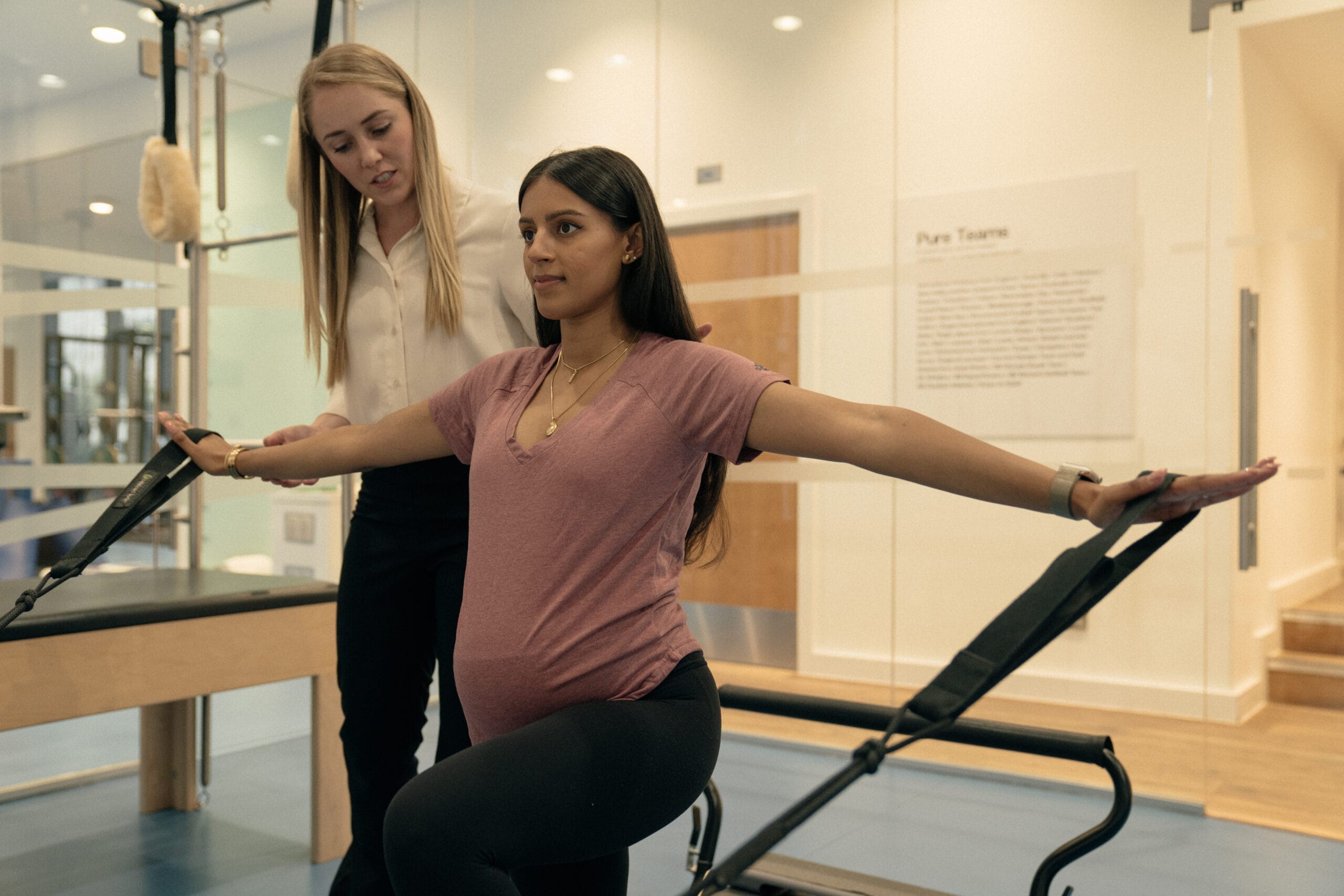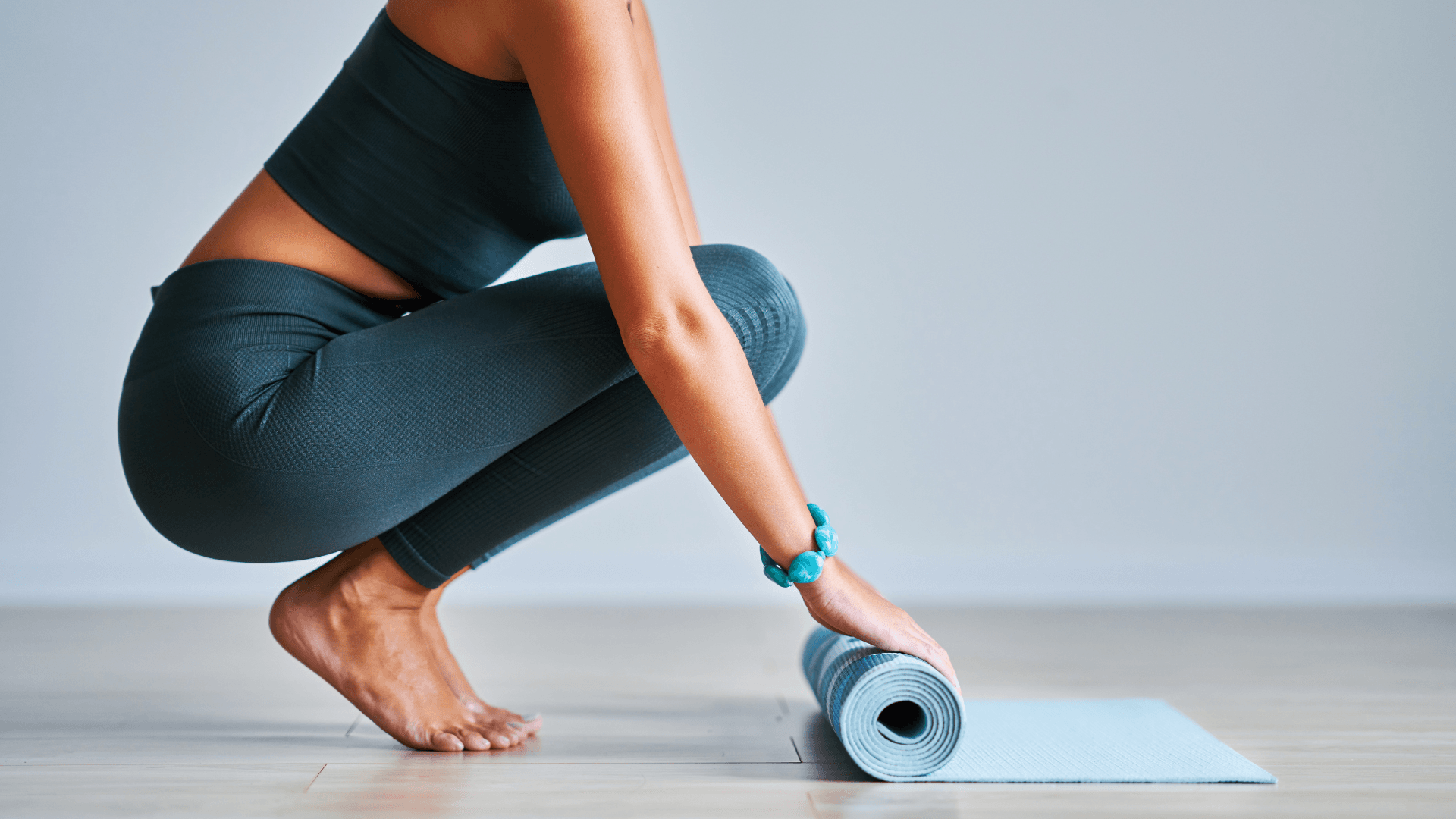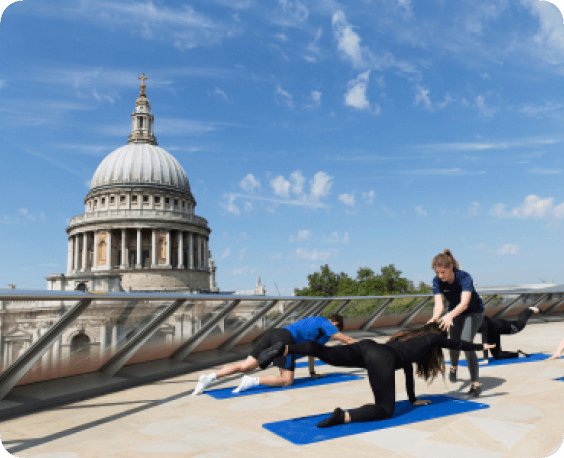How Pilates Can Boost Your Marathon Training

Pure Sports Medicine
- 19 April, 2017
- Running
- Yoga & Pilates
- 4 min read
How Pilates Can Boost Your Marathon Training
Preparing for a marathon is no easy task. All those hours of training and preparing are tough enough, but add injury to the mix and have your hopes and dreams of crossing the finish line taken away because your body has let you down, and it is even harder.
Don’t worry, it’s not all doom and gloom. We’re here to let you know that an injury doesn’t mean the end of the road. We see long-distance runners every day in our clinics, and we can say with safety that we can get you back on track.
There are many routes to recovery, and which one you take is always dependent on your individual injury, body, and goal, but one treatment recommendation that seems to surprise people is Pilates.
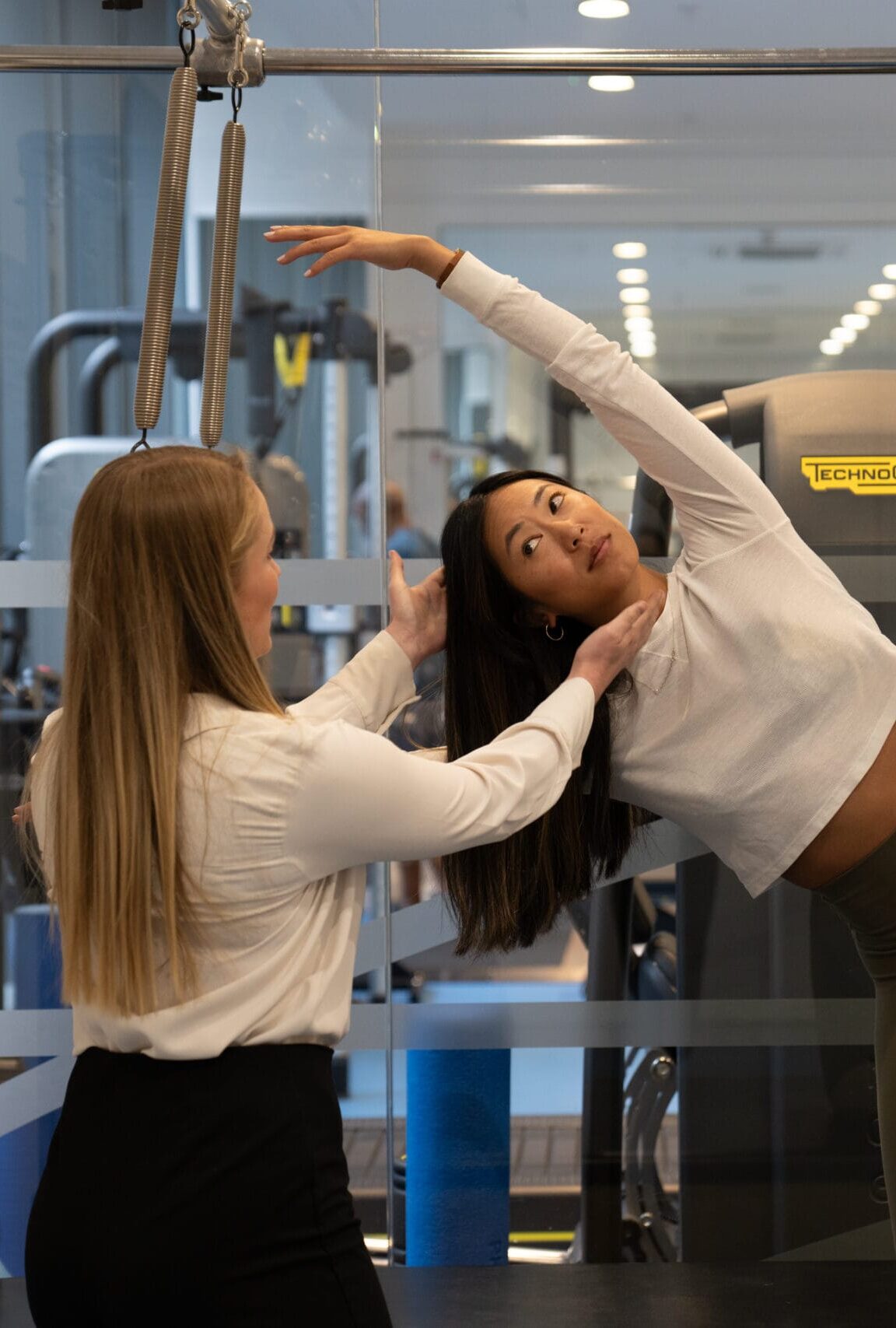
Why Pilates is a good support for runners
It’s true, you can use Pilates to help you find out why something is hurting and even prevent it from happening again.
You may have heard people recommend Pilates for runners before, but perhaps you’re unsure why or how it can help runners. Let us explain…
Pilates is not necessarily associated with running, but once you try it, you will realise why it is a perfect strength training habit for every runner. Our Physiotherapists, who work as part of a multidisciplinary team alongside Pilates Instructors, incorporate aspects of Pilates into their treatment plans every day in their clinical practice with sports people from all fields, but particularly with runners.
If you have a race coming up soon, your focus is likely on your that marathon or event and it might not be the time to start adding Pilates exercises to your well thought out preparation plan, but in the future, we highly recommend that it is incorporated in to your training program from start to finish, including for recovery and beyond!
The fundamental aim of Pilates is to emphasise strength in balance, along with mobility and breath control. With a regular Pilates routine, your muscles are in better condition, so you can tolerate longer runs with less fatigue, soreness and tightness.
Our Pilates Instructors are experts in analysing posture and movement and can help you to ensure your body stays in the best possible condition throughout your running career.
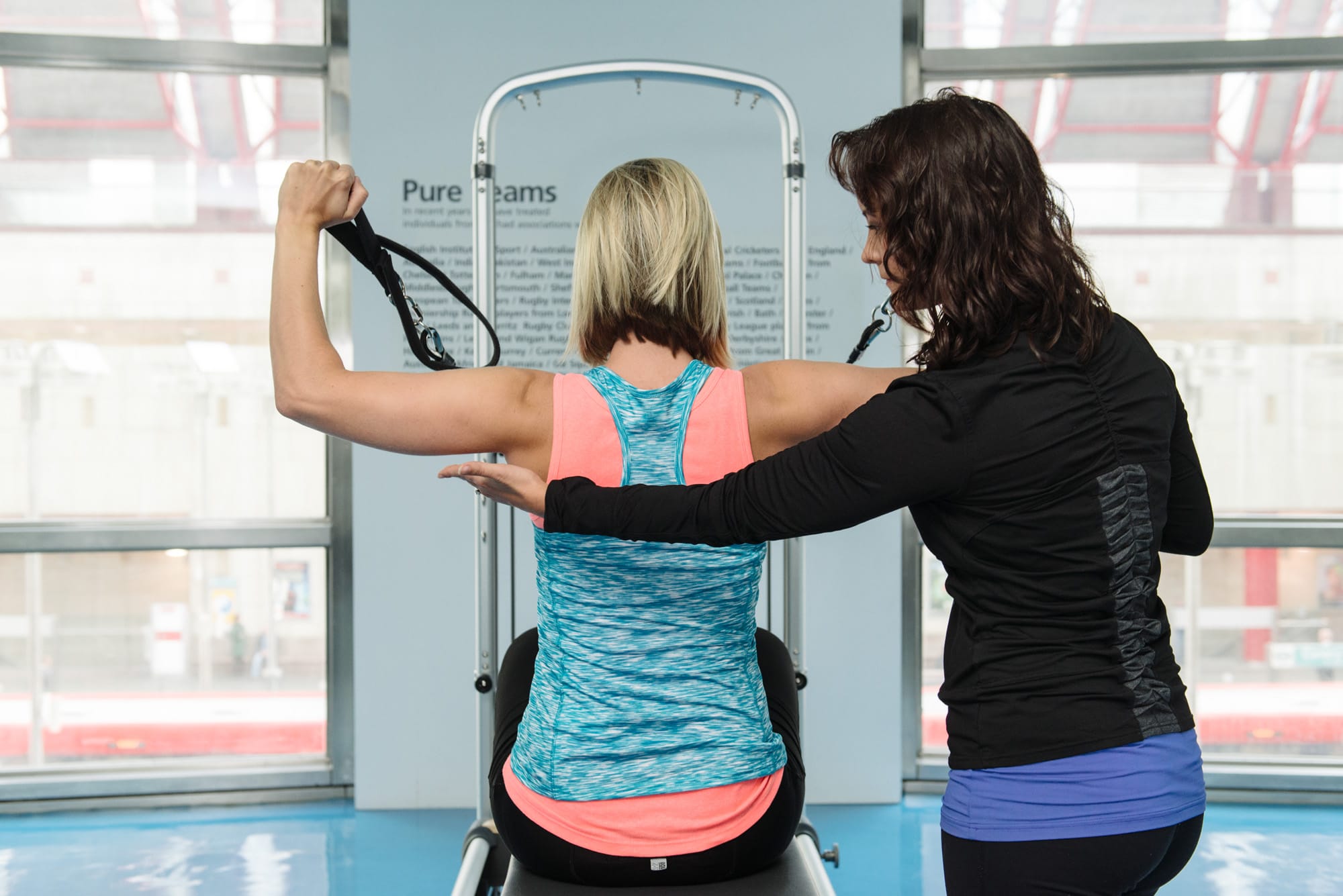
How Pilates can make you a better runner
Body connection
Pilates helps you connect to what your body is doing through each step of every run. Have you ever had a coach or your Physio speak to you about managing your cadence, or how many steps you take per minute, but been unsure how to do it practically?
This may be due to the difficulty that many of us have with our breathing. Once you have better control of the relaxed breathing required for distance running, you can start to time your steps to your breathing and gain important focus. Breath control is the first key element of Pilates, and you’ll be amazed at how much difference this type of training can make.
Increased Milage
As a long distance runner, you’ll be familiar with distance training and learning how to run further. As this is not an easy challenge, you’ll be pleased to know that Pilates can help to improve the economy of your running technique, meaning you will use less energy to achieve the same distance by reducing wasted energy on poor posture or less efficient limb movement.
Improved Movement
Pilates also trains your neural connectivity to the muscles and movement patterns, so as well as the actual strength, your new, more efficient movement patterns become automatic and ‘easy’. This increased activation and strength will help protect you from injury as the muscles are able to tolerate the increased demand required as your mileage ramps up.
Mobility & Recovery
Stretching and mobility work that is typical to Pilates can help find areas of tightness that may be troubling you, causing restriction or preventing you from effectively activating your muscles.
Have you ever had a lower back ache after running a certain distance? This could potentially be because your hips are tight and not giving you the full extension you need through your stride. That load, or weight, could be being transferred to the lower spine area, which, step by step, mile by mile, starts to feel aggravated and eventually causes you pain.
Of course, Pilates stretches can also be used as part of your recovery plan to ensure that you are ready for that next training session and in the best possible condition for your next challenge ahead.
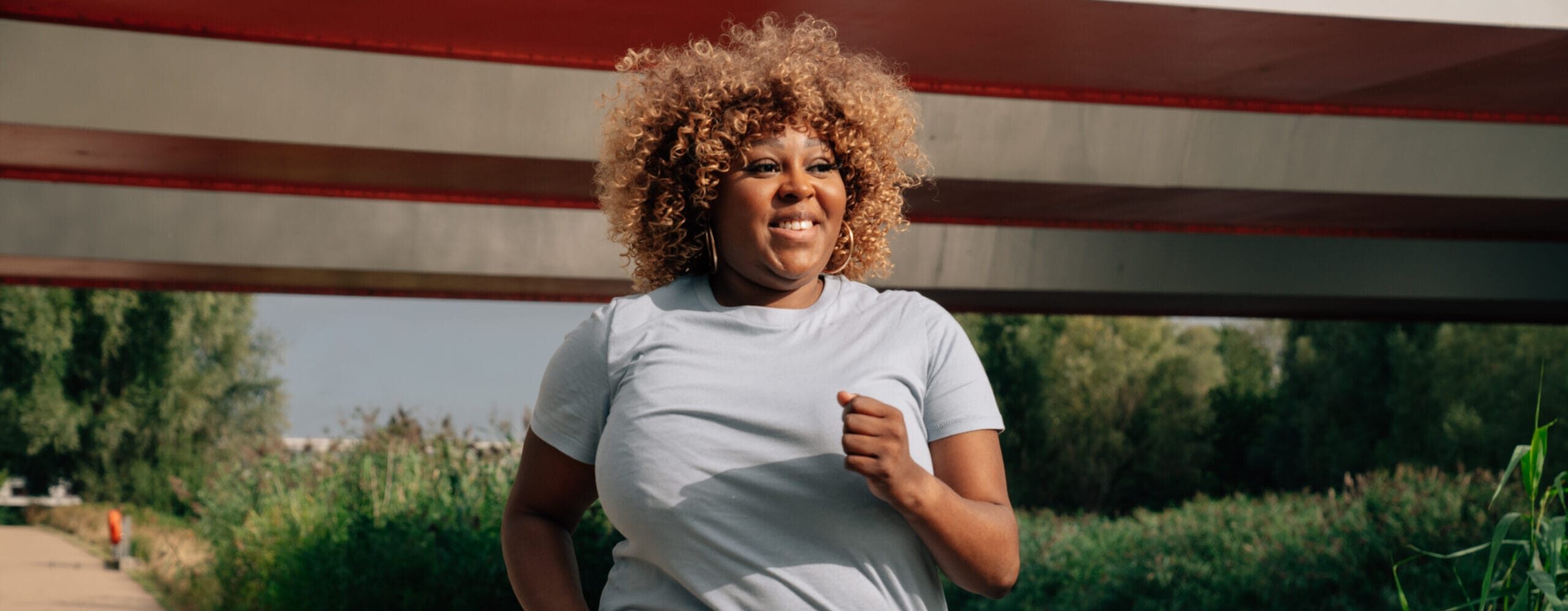
- Making you more aware of your body and its functionality
- Increasing your breath control and improving your cardiovascular health
- Preparing your body to be able to run further or faster
- Improving your movement so that you can use your energy more efficiently
- Allowing you to find problematic areas early and strengthen them to avoid future injury
- Helping your body recover from long runs and tough training programs
As the saying goes, ”If you always do what you’ve always done, then you’ll always get what you’ve always got”.
This is your sign to try something new and make a change to get rid of those niggles and injuries and run further and faster by incorporating Pilates into your marathon or long distance running training plan!

Advice
Over the last 20+ years our experts have helped more than 100,000 patients, but we don’t stop there. We also like to share our knowledge and insight to help people lead healthier lives, and here you will find our extensive library of advice on a variety of topics to help you do the same.
OUR ADVICE HUBS See all Advice Hubs